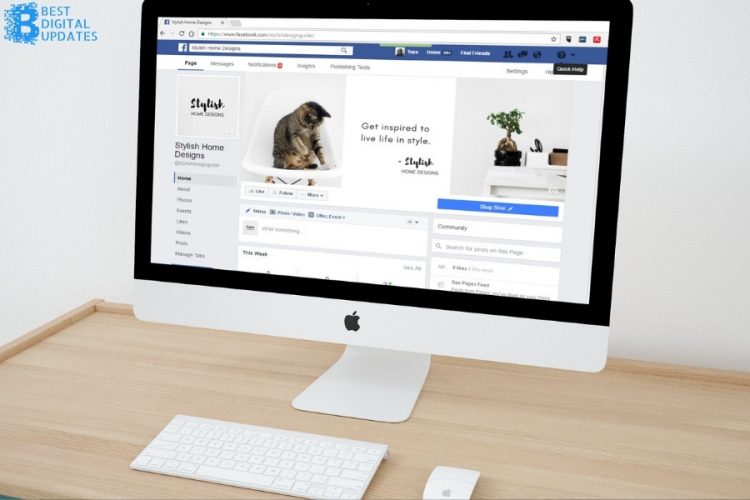Some options won’t help you much if you don’t know how to use the system effectively. Using Facebook Ads can be tricky for even the most experienced marketers because it can be a complex system. No matter your current objectives, Facebook advertising tips can help you improve your campaigns and yield more robust results. Here are four Facebook advertising pro tips that will help you maximize ROI.
1. Know your sizing and spec requirements
Table of Contents
Is there anything poor than sending out an ad to discover that a part of the lead image was omitted due to incorrect specifications? Perhaps others, but you should still avoid it. Listed below is a summary of the best size for Facebook ads:
Ads with images: 1,200 x 628 pixels. The ratio is 1.91:1. Ad text: 90 characters. Title: 25 characters. Description: 30 characters.
Video ads: .mov or .mp4 format. Aspect ratio: 16:9. Minimum resolution: 720p. Maximum file size: 2.3 GB. Image size: 1,200 x 675 pixels. Total number of characters: 90. 25 characters for the headline. 30 characters for the description.
Ads on the carousel: 1,080 x 1,080 pixels. 1:1 image/video ratio. 90 characters of text. 40-character headline. 20 characters for link descriptions.
A slide show ad is 1,289 x 720 pixels in size. The ratio can be 16:9, 1:1, or 2:3. Character count: 90. Title: 25 characters. Description of the link: 30 characters.
Your ads will correctly display if you follow these specifications.
2. Use relevant Facebook ads
Facebook’s relevance score provides a measure of how well your ads are performing. Your Relevance Score determines how often Facebook shows your ads and how much it costs per click. An ad’s relevance score ranges from 1 to 10, with 1 representing a poor ad and 10 representing a great one. You’ll need to pay more to rotate your content if your relevancy score is low since it pertains less to your audience.
Your ad will be scored once it has been served over 500 times. Even so, the metric isn’t measured by actual engagement, but what Facebook predicts your ad will engage based on campaign objective and audience granularity. There are certain ways to raise your relevance score: testing, hyper-specific targeting, and simply making great ads.
3. Facebook Ads Are Not Created Equal
While you may choose to place your ads automatically on Facebook at first, editing where you place them (seen above) can dramatically affect the success of your campaign. On Facebook, you have four different places to place ads:
- Facebook’s mobile and desktop newsfeeds
- Messenger
- The Audience Network
Your ads will run on the following device types within those placements: Desktop only, Mobile-only, and All devices. You may not be able to access some Facebook advertising placements based on the device you choose. Additionally, specific campaigns are best to run with certain placements – traffic campaigns, engagement campaigns, etc.
4. Bid caps won’t always work for you
You can set a cap on your bids if you’re using the “lowest cost” strategy on Facebook if your budget is tight (who isn’t?). A bid cap means that you will not pay more than $1.51 for any particular placement, so you want to spend as little as possible for each ad placement.
Something is appealing about bid caps, especially if you know you won’t be paying more than a certain amount for each ad. However, they can also limit you. Averages can sometimes be your ally. The value of a higher-value Instagram placement of $1.80 could more than cover the $1.51 cost of an audience network placement.
As a result, you get more placements while staying close to your desired cost on average. Before deciding whether a bid cap is right for you, consider what will work for you.




















